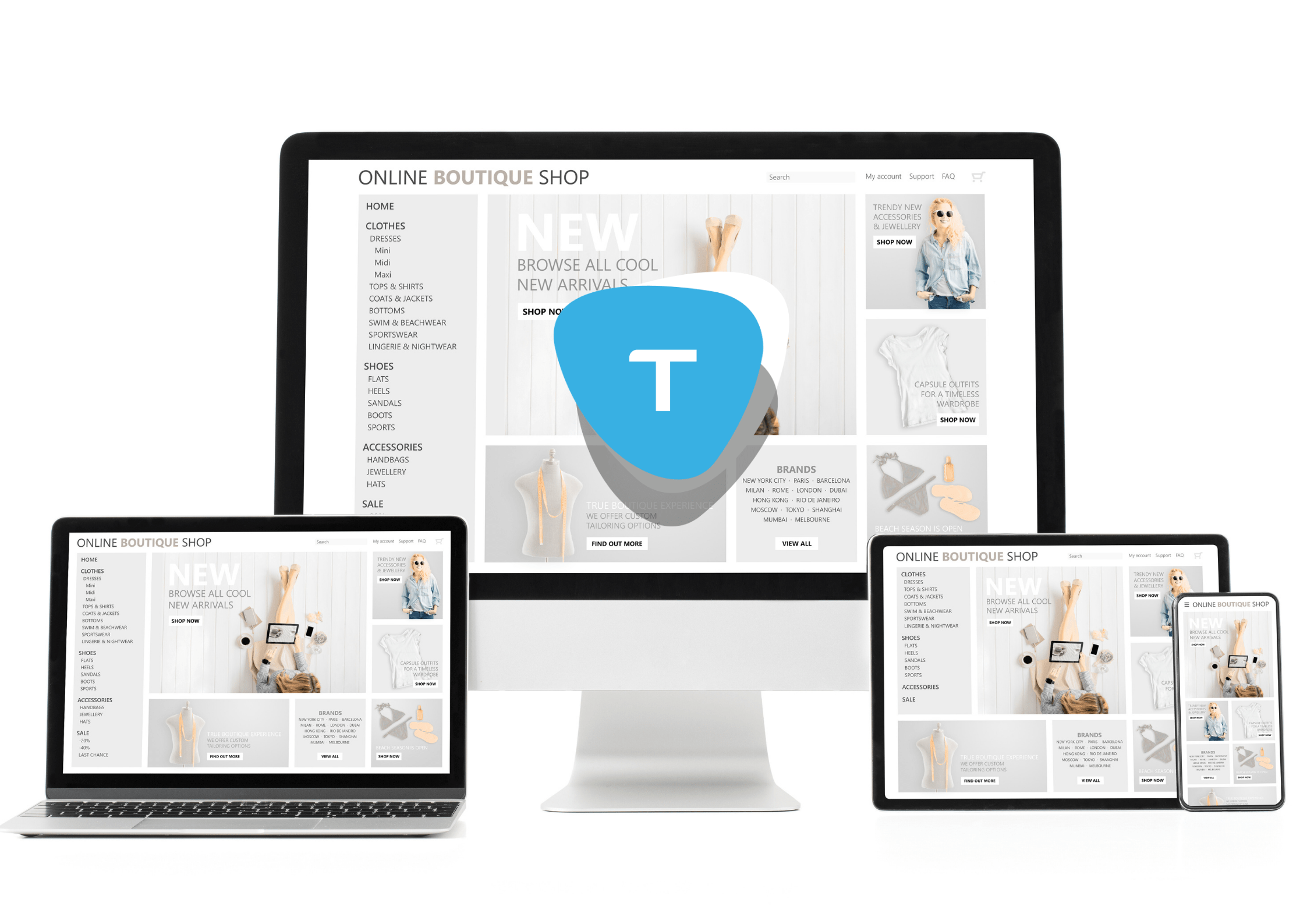Your website is often the first impression your audience gets — and in today’s digital world, first impressions are everything. A visually appealing site is important, but performance is what truly keeps users engaged and coming back.
Here are 7 essential web design TEDMOB tips to boost your website’s performance, user experience, and overall success:
1. Prioritize Speed
A slow website can lead to high bounce rates and lost opportunities. Optimize images, leverage browser caching, and minimize code to ensure fast load times. A speedy site not only improves user experience but also boosts your search engine rankings.
2. Design for Mobile First
With the majority of users browsing on mobile devices, a mobile-first design ensures your website looks great and functions smoothly on smaller screens. Prioritize responsive layouts, touch-friendly buttons, and readable fonts to deliver a seamless mobile experience.
3. Streamline Navigation
Clear and intuitive navigation helps users find what they need quickly. Use a simple menu structure, logical page hierarchy, and consistent design elements to make browsing easy and enjoyable — reducing frustration and improving conversion rates.
4. Use Clear, Action-Driven CTAs
Your calls-to-action (CTAs) should be direct, compelling, and easy to find. Use action verbs and make buttons stand out with contrasting colors and strategic placement. A well-crafted CTA can significantly drive user engagement and conversions.
5. Focus on Visual Hierarchy
Guide your visitors’ eyes by emphasizing key content through size, color, spacing, and placement. Use headings, imagery, and white space strategically to create a natural flow and make content easier to digest.
6. Limit Distractions
Avoid overwhelming users with too many elements or pop-ups. A clean, focused design keeps attention where it matters most — on your content and key actions. Each element should serve a purpose and align with your website’s goals.
7. Optimize for SEO & Accessibility
Design with both visibility and inclusivity in mind. Use proper HTML tags, image alt text, and semantic structure to improve search engine indexing and support users with disabilities. A well-optimized site is both discoverable and user-friendly.
